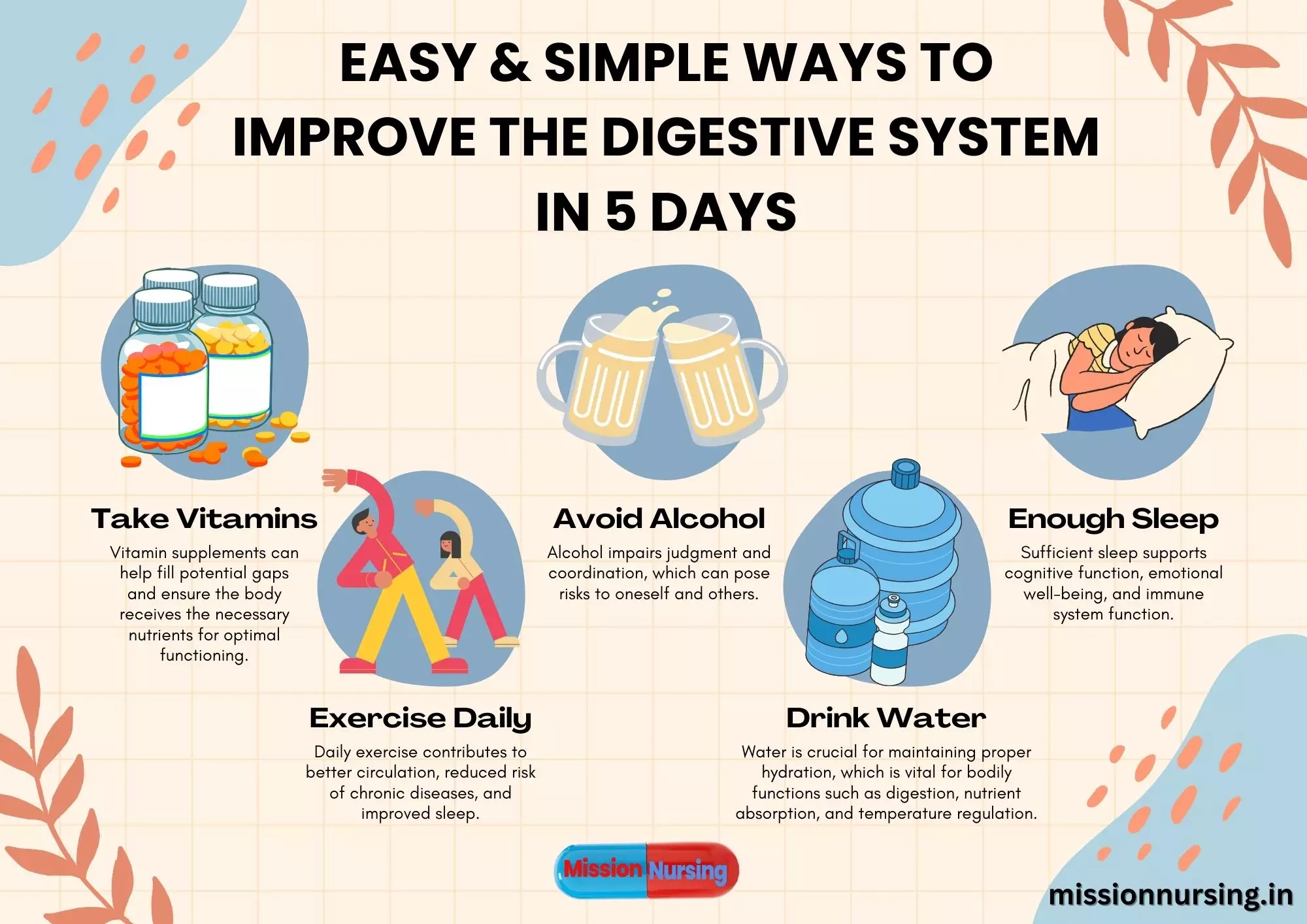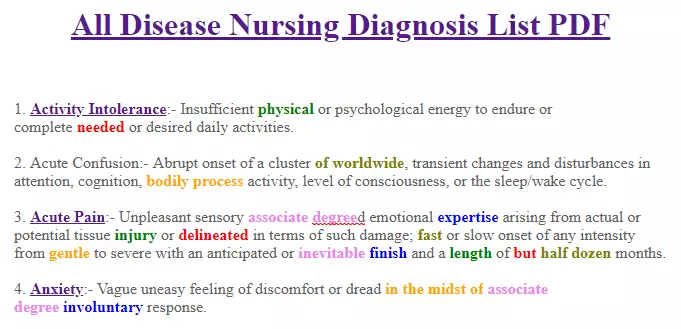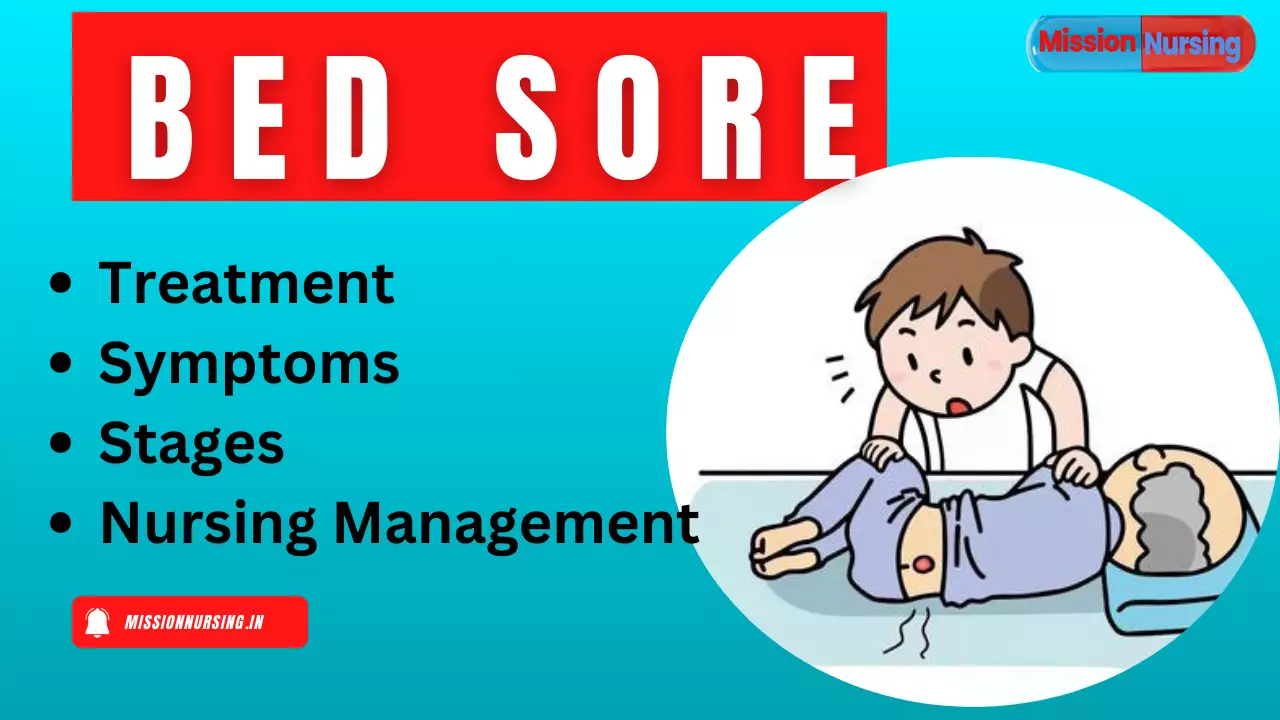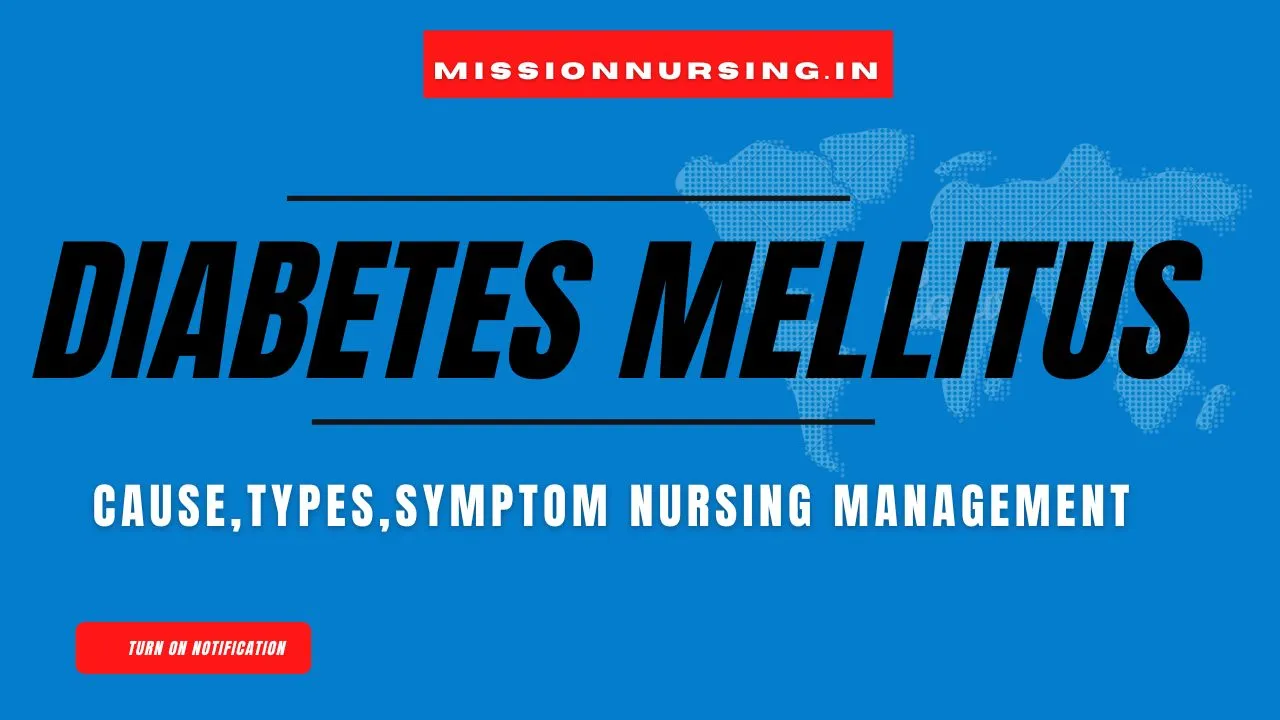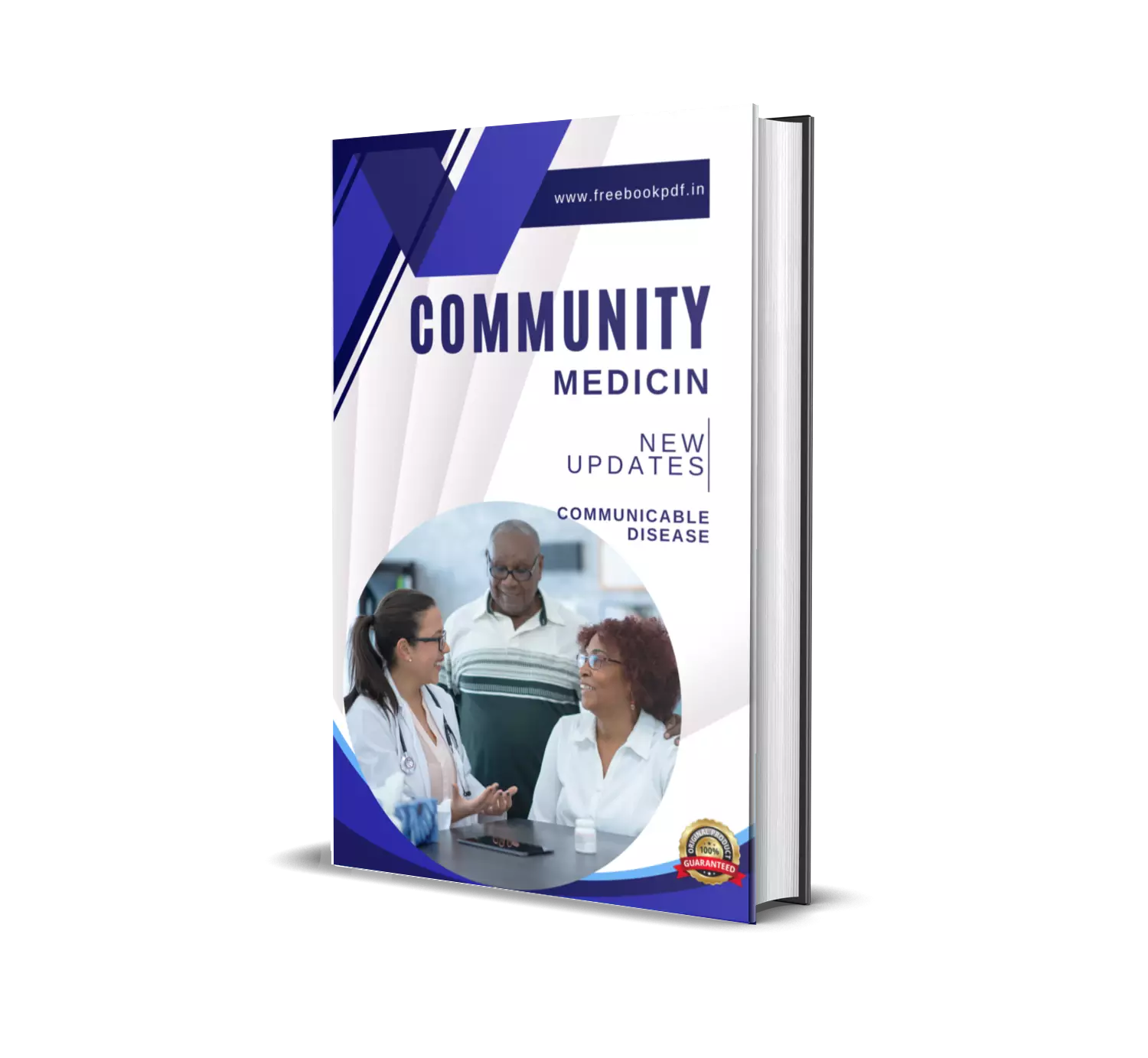gout Introduction
- Gout is derived from the Latin word “gutta” and the French word “gote”.
- Gout is a disorder of hyperuricemia.
- Hyperuricemia is a disorder in which excessive amounts of uric acid production or decreased excretion.
gout Definition
Gout is defined as a metabolic disorder in which abnormal metabolism of purine and characterized by excessive uric acid crystal accumulated in the blood. Gout disorder mainly affects the greater toe.
Gout Types
- Primary gout – primary gout occurs due to abnormal metabolism of purine.
- Secondary gout – secondary gout occurs due to any pathological disorder.
Eg. – Liver disease, renal failure etc.
Stage of gout – 4 stages –
- Asymptomatic gout
- Acute gout
- Intercortical gout
- Chronic gout.
Asymptomatic gout
- No sign of symptoms occur.
- But uric acid level is elevated.
- Asymptomatic gout is only determined with the help of a physician.
Acute gout
- Acute gout involves inflammation and pain of one or more small joints.
- Joints are warm, red and tender.
- Uric acid is elevated and shows signs and symptoms.
Intermittent – Client has intermittent periods without any sign and symptoms between acute attacks.
Chronic gout – continuous or persistent gout disorder. It is a repeated episode of acute gout disorder.
Gout Causes
- Hereditary
- High purine-rich diet
- Excessive eating non veg diet
- Renal and liver failure
- Hyperuricemia
- Obesity.
gout Sign/ Symptom
- Excessive joint pain ( toe pain )
- Sudden joint redness, tenderness, and swelling
- Low-grade fever
- Itching or pruritus
- Headache and malaise
- Renal calculi.
- Burning urination
- Tophi – hard irregular shape nodules.
Gout Diagnosis
- History collection and physical examination.
- Serum uric acid.
- Blood urea nitrogen and serum creatinine clearance test.
- Synovial biopsy and synovial fluid analysis.
- CBC
- X-ray
- WBC and ESR rate are elevated.
Medical Management
- Drug of choice of gout – allopurinol.
- Allopurinol inhibits the synthesis of uric acid.
- Allopurinol is a short acting competitive inhibitor.
- Corticosteroid – for inflammation.
- NSAID – pain relief.
- Narcotics
- Antibiotics
- Uricosuria drugs – probenecid
- Cold application.
gout Complications
- Joint deformity
- Obstructive renal disease
- Osteoarthritis
- Renal calculi etc.
gout Nursing management
- Nurses monitor patient diagnostic examinations and vital signs.
- A nurse assesses serum uric acid levels.
- Nurses monitor the patient’s range of motion and daily routine activity.
- Provide adequate rest during acute attack.
- Provide a low purine diet and avoid a non-veg diet.
- Provide weight reduction diet and mild exercise.
- Provide prescribed medication and instruction to avoid alcohol and smoking.
- Nurses assist the client during activity and provide appropriate support.
- Immobile the client in server condition.
- Provide physiological and emotional support.
- Educate about follow-up care.
Key Points
- Hyperuricemic disorder of joints – Gout.
- Gout disorder is abnormal metabolism of – Purine.
- Gout disorder occurs due to a pathological disorder – Secondary gout.
- Diet should be avoided in gout – Purine diet.
- Drug of choice for gout – Allopurinol.
What is Purine?
The following foods contain purines : red meats, such as beef, pork, and lamb. organ meats, including liver and kidneys. seafood, such as mussels, scallops, anchovies, sardines, trout, and tuna. alcohol, especially beer.
What is Gout?
Hyperuricemic disorder of joints
What is drug of choice for gout
Drug of choice for gout – Allopurinol
Add New FAQ








